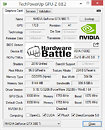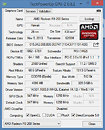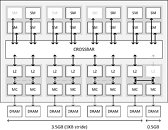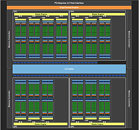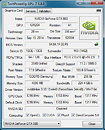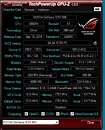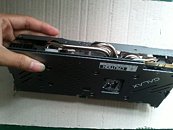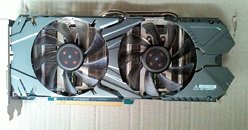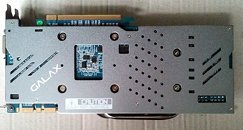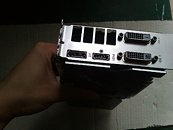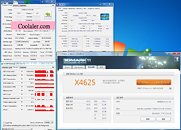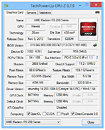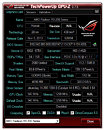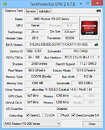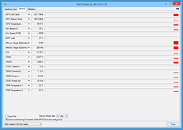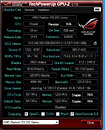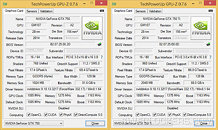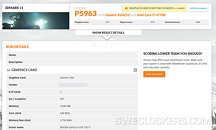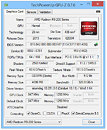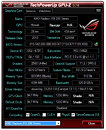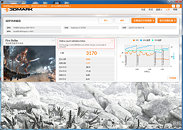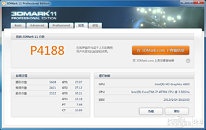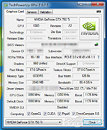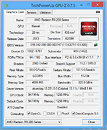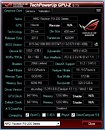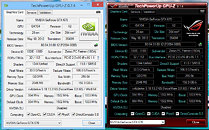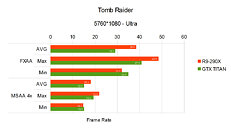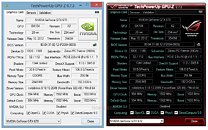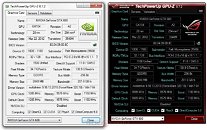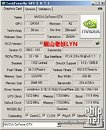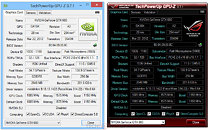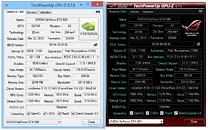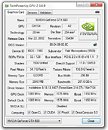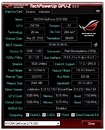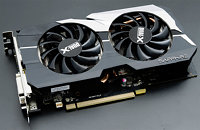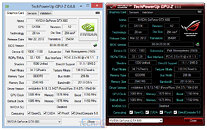
NVIDIA GeForce GTX 980 Ti Clock Speeds Revealed
NVIDIA's upcoming GeForce GTX 980 Ti graphics card is shaping up to be the "almost Titan-X for two-thirds its price" product the company wants, out in the market. A leaked GPU-Z screenshot of the card by Korean tech-publication HardwareBattle (the same site that broke the card's core config,) reveals its reference clock speeds. All the values displayed by GPU-Z 0.8.2 in the screenshot are pulled from the system, and not an internal lookup table (all the LUT-based values are grayed out, because version 0.8.2 lacks those values for the GTX 980 Ti). The card offers clock speeds that are similar to those of the GTX Titan-X. The core is clocked at 1000 MHz, with a maximum GPU Boost frequency of 1076 MHz (1089 MHz on the GTX Titan-X), while the memory ticks at 7012 MHz (GDDR5-effective).
From our older article, it's known that the GTX 980 Ti will feature a lower CUDA core count, at 2,816 cores, compared to 3,072 on the GTX Titan-X. The TMU count is proportionately lower, at 176. The ROP count is a bigger mystery than Nessie. The card features 6 GB of GDDR5 memory, across a 384-bit wide memory interface. While the reference board design is something that's beginning to look dated, NVIDIA will allow its AIC (add-in card) partners to come up with custom-design boards factory-overclocked to Kingdom come, from day-one. The GeForce GTX 980 Ti is expected to be launched on the sidelines of Computex 2015, in the first week of June.
From our older article, it's known that the GTX 980 Ti will feature a lower CUDA core count, at 2,816 cores, compared to 3,072 on the GTX Titan-X. The TMU count is proportionately lower, at 176. The ROP count is a bigger mystery than Nessie. The card features 6 GB of GDDR5 memory, across a 384-bit wide memory interface. While the reference board design is something that's beginning to look dated, NVIDIA will allow its AIC (add-in card) partners to come up with custom-design boards factory-overclocked to Kingdom come, from day-one. The GeForce GTX 980 Ti is expected to be launched on the sidelines of Computex 2015, in the first week of June.
